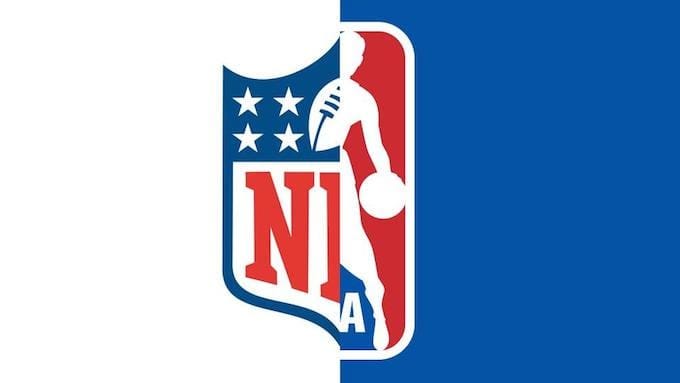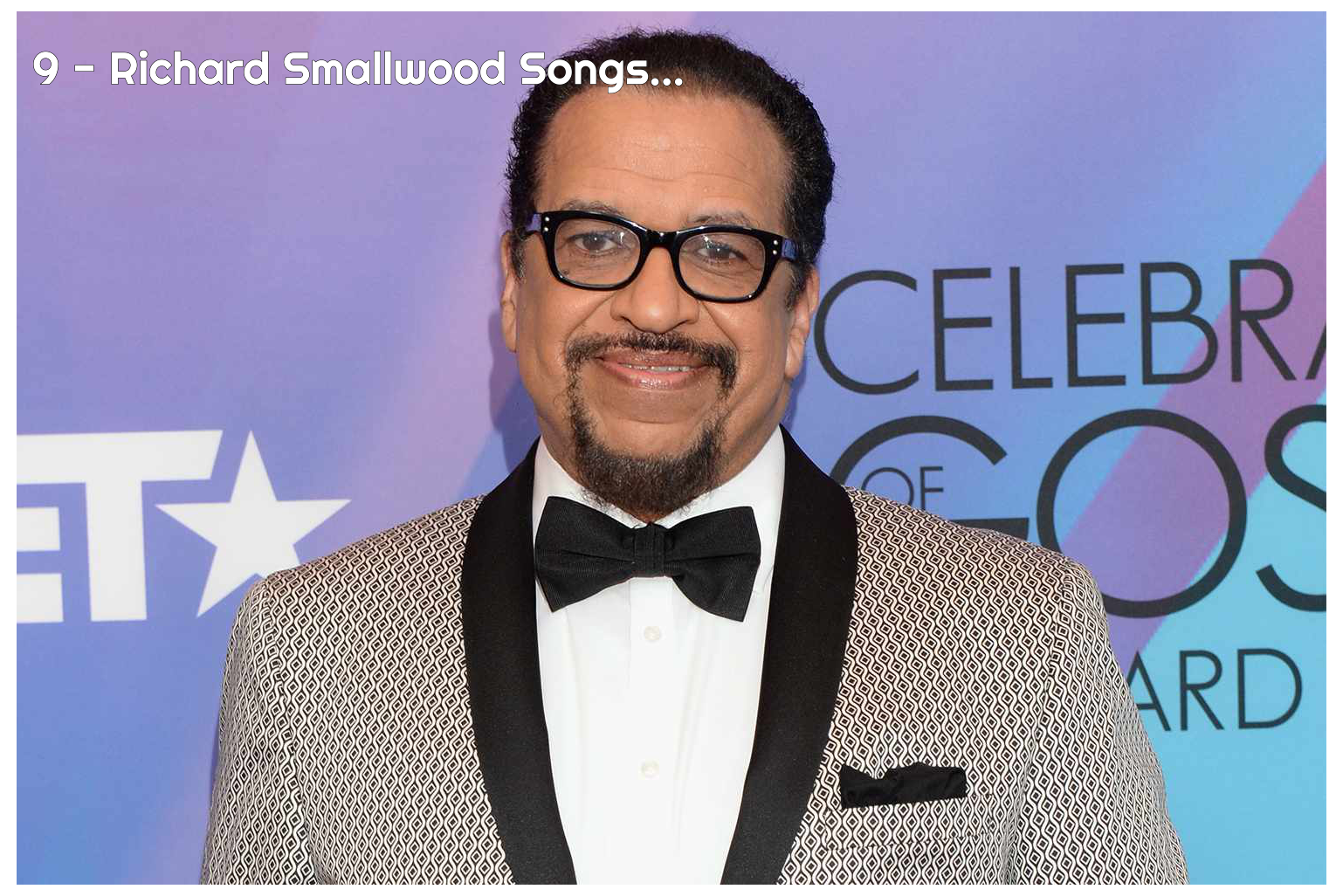(ThyBlackMan.com) Your twenties are hard enough already: matriculating from college, finding your first “real” job, moving out on your own, learning how to pay bills for the first time and learning how to navigate adult relationships without the structure of college or free flow of alcohol. It is a scary and awkward time, no one disputes that — but mastering your finances in your twenties will reduce your stress and increase your net worth in the long run. Below are 5 tools you need to tackle finances in your twenties.
Budgeting Software
Whether you’re a fan of uber-popular Mint.com, or something more old school like Quicken, there is a budgeting software platform out there for everyone. It doesn’t so much matter which one you choose, just so long as you have one. Even if you haven’t set up a bonafide budget (see #2 below) budgeting software that is synced to your checking account will help you monitor and track your spending.
Knowing where all of your money is going is the first step to building a budget anyway, and keeping track of your expenses, even without the structure of a formal budget, will keep you cognizant of your spending habits.
budget anyway, and keeping track of your expenses, even without the structure of a formal budget, will keep you cognizant of your spending habits.
An Actual Budget
Very few individuals end up earning buckets of cash in their first (or even second) jobs. For this reason, it is very important 20-somethings learn how to budget their cash wisely, so they are saving money and paying off debt in addition to paying the bills.
A great place to start is by using the 50-30-20 rule. A 50-30-20 budget allows for 50 percent of your total take home income (after taxes) to be spent on living expenses: rent, gas, groceries. Thirty percent goes to discretionary spending, with the final 20 percent being put into savings or paying off student loans or credit card debt. The 50-30-20 rules is popular because it is a great place to start and because it allows for budgeting to be dictated by money earned rather than what people think they “should” be spending on nights out or rent.
Feel free to adjust the 50-30-20 rule for your lifestyle and circumstances. Individuals in larger cities will likely spend close to 60 percent on living expenses because the cost of living is higher. Conversely, those 20-somethings still living at home should be saving more than 20 percent because of their reduced expenses.
Excel
Seems old fashioned, but Excel is still the easiest way to compare your financial numbers side by side. This is great for creating debt projections and keeping tabs on year to date spending. Even if you hate budgeting software, you can use excel to do that too.
A Smarter Checking Account
In the digital age we now live in, it is still astonishing to me how some live without a checking account. Especially since students are grandfathered into free checking accounts if they sign up in college and remain with the same bank afterward. Also, since your first job out of school will likely pay you via direct deposit, bank accounts are now the fastest and easiest way to get paid.
But it isn’t just enough to have a checking account these days; you have to have one that is ready to do the heavy financial lifting for you. You’ll need a checking account with mobile deposit, one that allows you to automatically pay bills, and automate your savings. Extra bonus points if you find one with zero ATM fees.
A Roth IRA
Just because you are in your twenties and just starting out doesn’t mean you won’t need to plan ahead. Think of it in terms of dollars and cents: Saving for retirement early puts sexy compound interest on your side. According to this infographic, saving for retirement in your twenties means you’ll have nearly double the amount for retirement than if you begin to save a higher monthly amount in your forties.
Written By Lauren Bowling
Official website; http://Twitter.com/Lbeemoneytree

















Leave a Reply